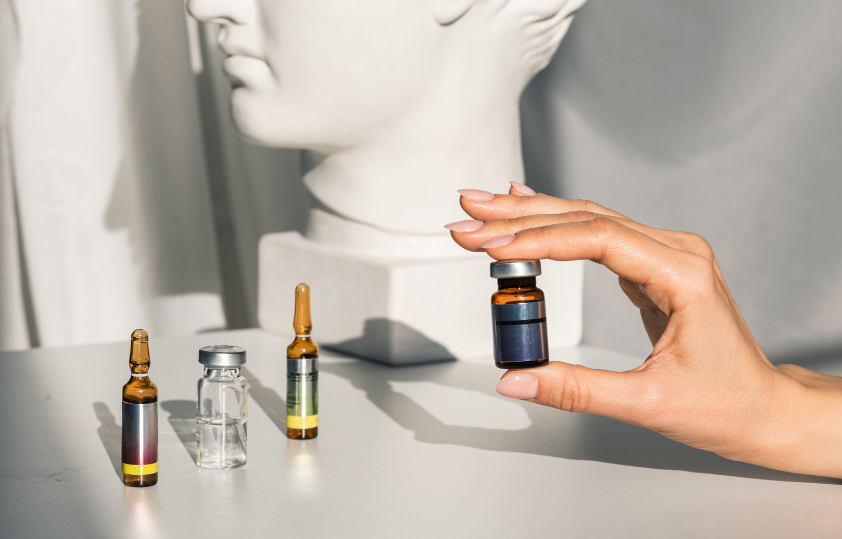
The allure of Botox beckons, but its true magic lies in the hands of trained professionals. Botox training empowers you to understand the intricate muscles of the face and confidently wield the needle for aesthetic transformation. This guide unveils the journey, delving into essential skills, career paths, and the anatomy that underpins success. Are you ready to unlock your potential as a Botox injector?
What is Botox?
Botox is a brand name for botulinum toxin, a neurotoxin produced by the bacterium Clostridium botulinum. When injected into small amounts into specific muscles, Botox blocks the signals from the nerves to the muscles, causing them to relax and temporarily reducing wrinkles.
How Does Botox Work?
Botox works by blocking the release of acetylcholine, a chemical messenger that tells muscles to contract. When acetylcholine is released, it binds to receptors on muscle cells, triggering a series of events that leads to muscle contraction. Botox prevents acetylcholine from binding to these receptors, so the muscles cannot contract.
The Muscles of the Face
The face is made up of over 40 muscles, each with its own unique function. Some of the muscles that are commonly targeted with Botox injections include:
- Frontalis: This muscle is responsible for raising the eyebrows. Botox injections in the frontalis muscle can smooth wrinkles in the forehead.
- Corrugator: This muscle is responsible for frowning. Botox injections in the corrugator muscle can smooth wrinkles between the eyebrows.
- Orbicularis oculi: This muscle is responsible for closing the eyes. Botox injections in the orbicularis oculi muscle can reduce crow’s feet wrinkles around the eyes.
- Depressor anguli oris: This muscle is responsible for pulling down the corners of the mouth. Botox injections in the depressor anguli oris muscle can soften smile lines.
- Mentalis: This muscle is responsible for pouting. Botox injections in the mentalis muscle can smooth wrinkles in the chin.
The Effects of Botox
Botox injections typically take effect within 3-7 days and the results can last for 3-4 months. The effects of Botox are temporary, and the muscles will eventually regain their function.
Risks and Side Effects of Botox
Botox is a safe and effective treatment for most people, but there are some potential risks and side effects to be aware of. These include:
- Bruising and swelling at the injection site
- Headache
- Drooping eyelids
- Crooked smile
- Dry eyes
- Difficulty swallowing
What to Ask Your Doctor Before Getting Botox
If you are considering getting Botox injections, it is important to consult with a board-certified dermatologist or plastic surgeon. They can discuss your individual needs and goals and help you determine if Botox is right for you. Here are some questions to ask your doctor before getting Botox:
- Am I a good candidate for Botox?
- What are the risks and side effects of Botox?
- How much will Botox cost?
- What are the results I can expect?
Last Word
Botox is a popular cosmetic treatment that can help to smooth wrinkles and lines on the face. It is important to understand how Botox works and the potential risks and side effects before getting treatment. If you are considering getting Botox, consult with a board-certified dermatologist or plastic surgeon to discuss your individual needs and goals.
I hope this blog post has been helpful. Please feel free to leave a comment below if you have any questions.
